Embarking on the journey of tarantula ownership can be an incredibly rewarding experience, offering a unique perspective on the natural world. These fascinating creatures, with their diverse appearances and behaviors, make captivating pets for those who are prepared to provide the appropriate care. This comprehensive tarantula care video guide is designed to provide you with all the essential information needed to get started, from understanding the basics of tarantulas to setting up their habitat and ensuring their well-being.
Understanding Tarantulas
Before bringing a tarantula into your home, it’s essential to understand these arachnids. Tarantulas are a diverse group of spiders, with hundreds of species found across the globe. They are generally docile, but they can bite if provoked, and some species possess urticating hairs that can cause skin irritation. Their lifespans vary, with females often living for several years, even decades, while males have shorter lifespans. Understanding their natural habitat and behaviors is the first step in providing appropriate care.
Types of Tarantulas
There are many different species of tarantulas available as pets, each with unique characteristics and care requirements. Some popular choices include the Mexican Red Knee (Brachypelma hamorii), known for its striking coloration and relatively docile temperament; the Chilean Rose Hair (Grammostola rosea), a hardy and beginner-friendly species; and the Pinktoe tarantula (Avicularia spp.), which are arboreal (tree-dwelling) species that require specific habitat setup. Researching the specific needs of a species is crucial before acquiring one.
Choosing the Right Tarantula
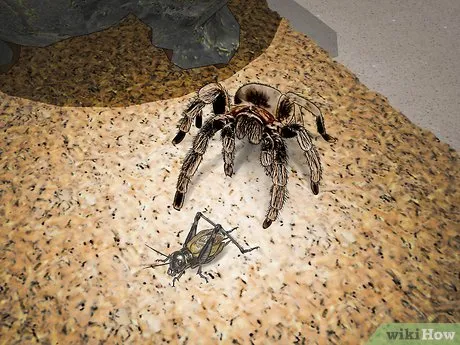
Choosing the right tarantula is a crucial decision. Consider your experience level, available space, and time commitment. Beginners often do best with docile and hardy species like the Chilean Rose Hair or the Mexican Red Knee. Research different species to determine which ones align with your lifestyle and ability to provide care. Ensure you source your tarantula from a reputable breeder or pet store to guarantee its health and well-being. Avoid wild-caught tarantulas due to potential health issues and conservation concerns.
Setting Up the Tarantula Enclosure
Creating the right environment is key to a healthy and happy tarantula. The enclosure should mimic the tarantula’s natural habitat, providing shelter, appropriate temperature and humidity, and enrichment. The size and type of enclosure will depend on the species and size of the tarantula. Incorrect setup can lead to stress, poor health, and even premature death.
Enclosure Size and Material
The enclosure should be large enough for the tarantula to move around comfortably but not so large that it feels exposed. For terrestrial species, a ten-gallon tank is usually suitable for juveniles, with larger tanks needed as they grow. Arboreal species need vertical space. Glass or plastic enclosures with secure lids are ideal. Avoid using screen lids, as they can make it difficult to maintain humidity. Ensure the enclosure is escape-proof and well-ventilated.
Substrate Selection
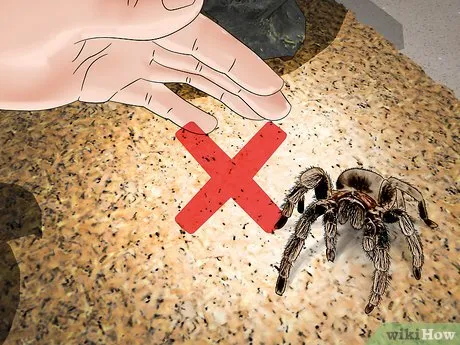
The substrate provides a place for the tarantula to burrow and helps maintain humidity. Good choices include a mixture of coco fiber, peat moss, and vermiculite. The depth of the substrate should be appropriate for the species and size of the tarantula, allowing for burrowing if the species is inclined. Avoid using gravel or sand, as they can be difficult to maintain and may pose a risk to the tarantula’s health. Always ensure the substrate is clean and free of any harmful chemicals.
Temperature and Humidity
Most tarantulas thrive in temperatures between 75-85°F (24-29°C). A heat source, like a heat mat or ceramic heat emitter, can be used to maintain the correct temperature if necessary. Humidity levels vary depending on the species, but it’s essential to maintain appropriate moisture levels in the enclosure. Regularly misting the enclosure with water, or providing a water dish, helps to maintain the right humidity. Using a hygrometer to measure humidity is recommended.
Essential Equipment
Essential equipment includes a water dish, a hide (such as a piece of cork bark or a plastic hide), and a thermometer/hygrometer to monitor the environment. Provide a shallow water dish that the tarantula can access easily. The hide provides a secure place for the tarantula to retreat and feel safe. Other useful items include feeding tongs, a spray bottle for misting, and a container to hold food items. Regularly inspect all equipment for cleanliness and damage.
Feeding Your Tarantula
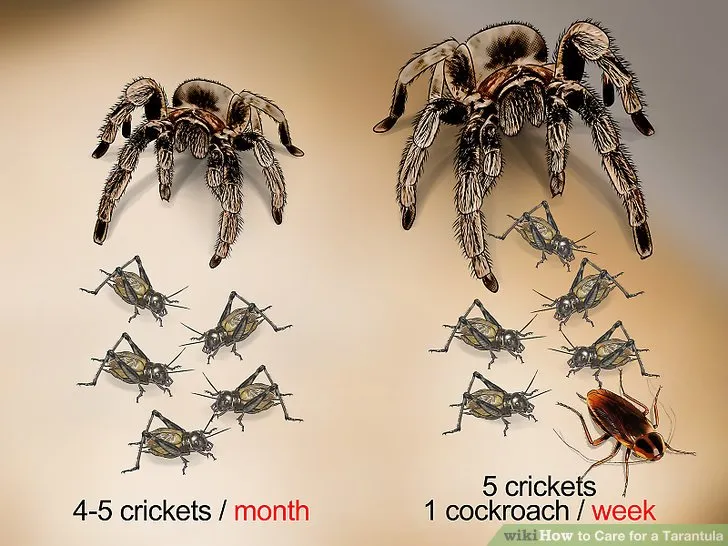
Feeding your tarantula is a straightforward process, but it’s crucial to provide the right food and feeding frequency to keep your pet healthy. Tarantulas are opportunistic predators, and their diet primarily consists of insects. Offering an appropriate diet is essential for their growth, health, and overall well-being. Overfeeding should be avoided, as it can lead to health complications. The video below provides in-depth information and practical tips on tarantula feeding.
What to Feed Your Tarantula
The primary food source for tarantulas is insects. Crickets, mealworms, dubia roaches, and other commercially available insects are ideal. The size of the insects should be appropriate for the size of the tarantula. Generally, the insect should be no larger than the tarantula’s abdomen. Before feeding, dust insects with a calcium and vitamin supplement to ensure the tarantula receives all necessary nutrients. Always ensure the insects are healthy and free from pesticides.
Feeding Frequency
Feeding frequency depends on the tarantula’s age and species. Spiderlings should be fed more often, typically every other day, while adult tarantulas can be fed once or twice a week. Observe your tarantula’s abdomen to determine its feeding needs. A well-fed tarantula will have a plump abdomen. Remove any uneaten insects after 24 hours to prevent them from bothering the tarantula. Reduce feeding frequency when a tarantula is in premolt.
Watering Your Tarantula

Clean, fresh water should always be available. Provide a shallow water dish filled with fresh water and replace the water regularly. Some tarantulas may drink from the water dish, while others may prefer to drink droplets of water after misting the enclosure. Ensure the water dish is shallow enough to prevent the tarantula from drowning. Regularly monitor the water dish for cleanliness and refill as needed. Misting the enclosure can also supplement the tarantula’s water intake.
Tarantula Handling and Safety
While tarantulas are generally not aggressive, handling should be approached with caution. Handling a tarantula can be stressful for the animal and may put the handler at risk of a bite or exposure to urticating hairs. If handling is necessary, it should be done carefully and deliberately. Understanding the tarantula’s behavior and body language can help ensure both the handler and the spider’s safety.
Safe Handling Practices
When handling a tarantula, do so close to the ground or a soft surface to minimize the risk of injury if the spider falls. Use a gentle approach, avoiding sudden movements. Never pick up a tarantula unless you have a clear view of it. Encourage the spider to walk onto your hand. Avoid touching the tarantula’s fangs. Wash your hands thoroughly after handling a tarantula, even if you don’t have any contact with the spider itself.
Recognizing Signs of Stress
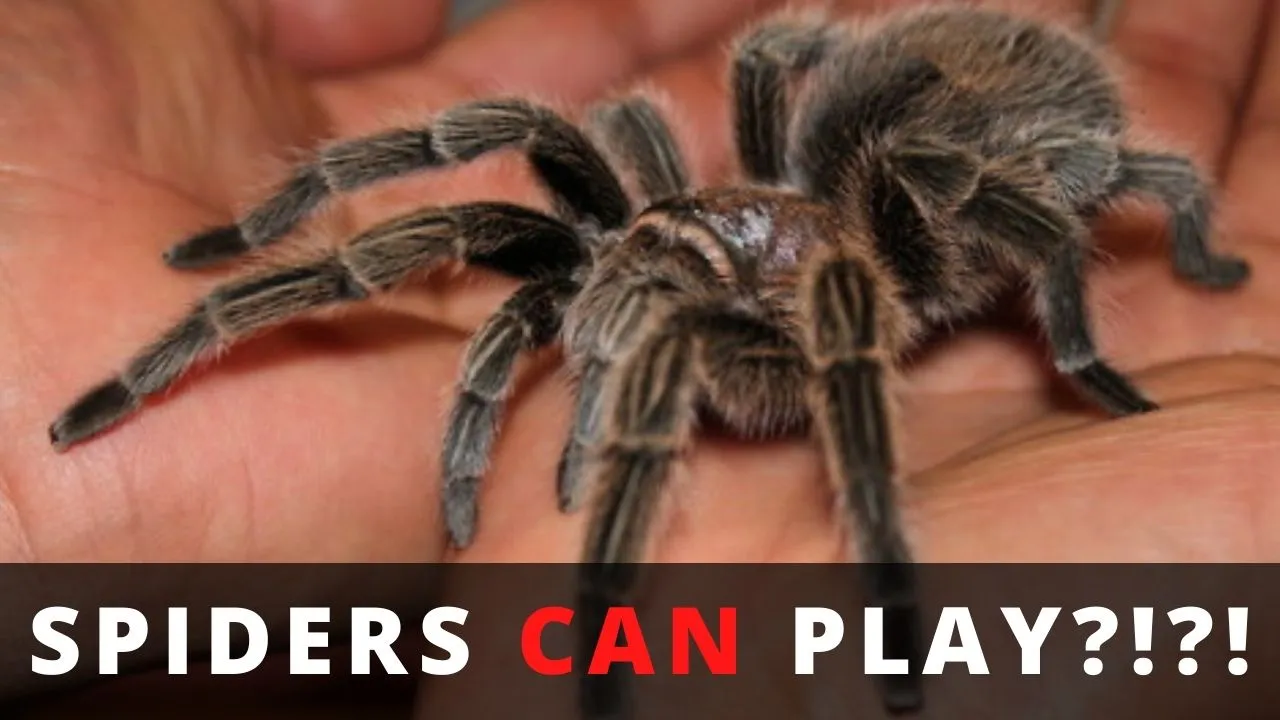
Tarantulas can exhibit signs of stress when handled or in an unfamiliar environment. These signs include flicking urticating hairs, raising their front legs in a defensive posture, or attempting to flee. If your tarantula displays these behaviors, it’s best to leave it alone. Avoid handling the tarantula at all, and allow it to retreat to a secure hide. Provide the tarantula with a stress-free environment and minimize disturbance.
Common Health Issues and Care
Like all pets, tarantulas can experience health issues. Being aware of potential health problems and knowing how to address them is essential for responsible tarantula care. Regular observation and monitoring are the keys to early detection and timely intervention. The main health concerns involve the molting process and environmental issues. If any issue arises, seek advice from an experienced tarantula keeper or a veterinarian who specializes in exotic animals.
Moulting Process
Moulting is a natural process where tarantulas shed their exoskeletons to grow. During premolt, the tarantula may become inactive, stop eating, and develop a dark abdomen. Provide a humid environment during molting, and do not disturb the tarantula. After moulting, the tarantula’s fangs will be soft. Do not feed it for a week or two until its fangs harden. Removing the old exoskeleton will aid in this process.
Preventative Measures
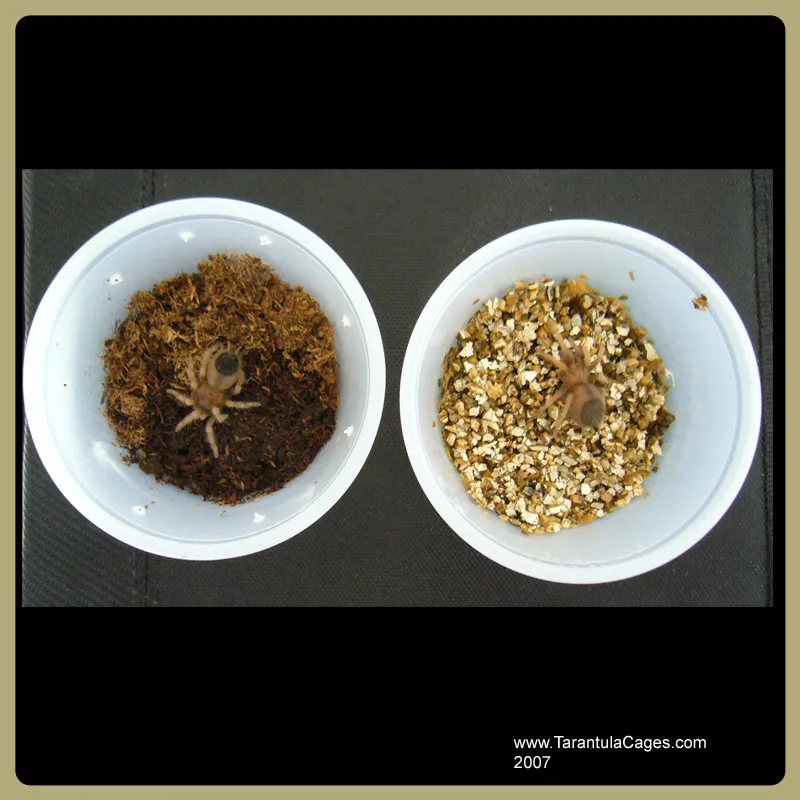
Preventative measures include providing a clean and appropriate environment, proper feeding, and regular observation. Regularly clean the enclosure to remove any waste or uneaten food. Maintain appropriate temperature and humidity levels. Quarantine new tarantulas for a few weeks before introducing them to existing collections. Provide a varied diet and appropriate supplements. Watch for any signs of illness, such as lethargy, loss of appetite, or unusual behaviors.
Troubleshooting
Common issues include mites, fungal infections, and dehydration. Mites can be identified by small, moving spots on the tarantula or in the enclosure. Fungal infections can result from high humidity and poor ventilation. Dehydration can lead to sluggishness and loss of appetite. Consult an expert or vet for diagnosis and treatment. Correct any environmental issues, provide medication if prescribed, and isolate the affected tarantula from other tarantulas.
Caring for a tarantula can be a very fulfilling experience. By following this comprehensive guide, you’ll be well-equipped to provide your tarantula with the best possible care, ensuring its health and well-being for years to come. Remember to continue learning and seeking guidance from experienced keepers. With proper care and attention, your tarantula can thrive and become a fascinating addition to your life.
